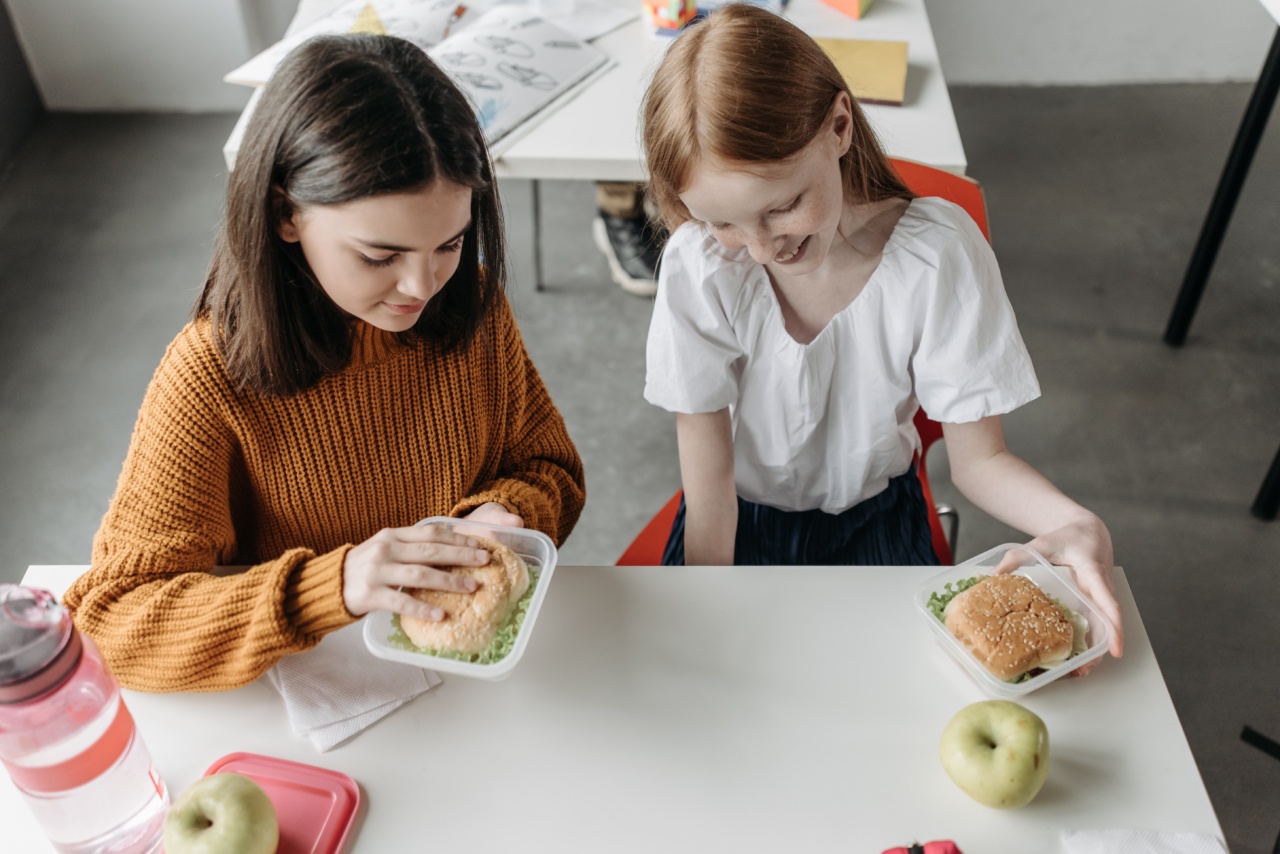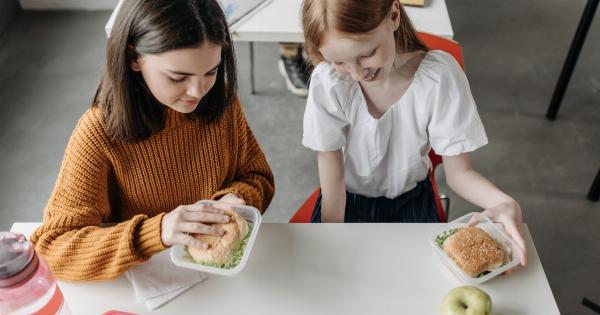School lunches have always been a hot topic, with debates ranging from nutritional value to taste preferences. However, one aspect that often goes unnoticed is how it impacts students’ academic performance.
Recent studies have shown that the least proficient pupils are enjoying school lunch, and it can significantly affect their academic success.
Why Least Proficient Pupils Need More Nutritional Food
Studies suggest that academic performance and nutrition are interlinked. A well-nourished child performs better academically than a child who isn’t. Nutrition plays a vital role in building cognitive abilities, improving concentration and memory recall.
The least proficient pupils in the classroom need all the help they can get to improve their academic performance. Many of these pupils come from low-income households, where nutritious food might not be a given.
They might not have the resources to buy or prepare healthy meals, which leaves them dependent on school lunches to fulfill their nutritional requirements.
How Nutritious School Lunches Can Help Least Proficient Pupils
Improving the nutritional quality of school lunches can significantly impact the academic performance of least proficient pupils.
Meals containing fruits, vegetables, whole grains, and proteins can help regulate blood sugar levels, which gives children the energy to remain alert and focused. A balanced meal also keeps a child full and satisfied, which helps them concentrate on classroom activities instead of thinking about their growling stomachs.
Research by the School Nutrition Association suggests that students who consume balanced school lunches every day have a higher intake of essential nutrients like Vitamin A, C, and E, fiber, protein, and calcium.
These nutrients are vital in strengthening cognitive abilities, promoting overall health, and instilling healthy eating habits.
How Taste and Preferences Affect Least Proficient Pupils
Children have different taste preferences, and school lunches should keep this in mind. A child that enjoys the taste of broccoli will likely finish their plate, while a child that detests the taste is likely to throw it away.
Least proficient pupils, especially those that come from low-income households, might have limited exposure to different types of food, which might restrict their taste preferences. Allowing pupils to sample different types of fruits, vegetables, and whole grains in school lunches can expose them to new flavors and encourage healthy eating habits.
Creating a Positive Eating Environment
Creating a conducive eating environment in school is of utmost importance. A student’s eating environment is just as important as the food they eat.
Simple gestures like providing students with adequate time to eat, tables in good condition, and a clean food serving area can help students feel more comfortable and relaxed when eating their meals, which ultimately benefits their performance in the classroom.
In schools where free breakfast and lunch programs are available, administrators should strive to make it an inclusive and welcoming dining experience.
Schools should work towards erasing the stigma that comes with receiving a free meal by ensuring that all pupils have equal access to nutritious meals.
Teacher Involvement
Teachers play a vital role in encouraging students to make healthy choices. Teachers should address the importance of adequate nutrition and healthy eating habits regularly.
They can incorporate lessons about nutrition in their everyday teaching, instill the value of healthy eating habits by setting a positive example, and encourage parents to provide their children with healthy snacks.
The Need for Collaboration
Ensuring that school lunches meet healthy nutritional requirements requires collaboration from all stakeholders, including teachers, school administrators, parents, and government leaders.
Federal government policies such as the National School Lunch Program help support the provision of healthy school lunches.
Parents can also contribute to the healthy eating habits of their children by providing healthy meals and snacks at home and involving their children in meal preparation.
Parents can also advocate for better school lunch quality with their school administrators and government leaders.
Finally, schools should work closely with their food service providers to ensure that the meals they serve align with the latest nutritional requirements and guidelines.
Schools should also be transparent about the nutritional values of the meals served by providing menus and nutritional information to parents and pupils.
Conclusion
The least proficient pupils commonly require additional resources and support to achieve academic success.
Improved school lunches, provided in a positive dining environment, can significantly impact their cognitive abilities, energy levels, and concentration/refocus. Collaboration among all stakeholders is required to ensure that pupils benefit from healthy meals, which can improve their academic and overall health and wellbeing.





























